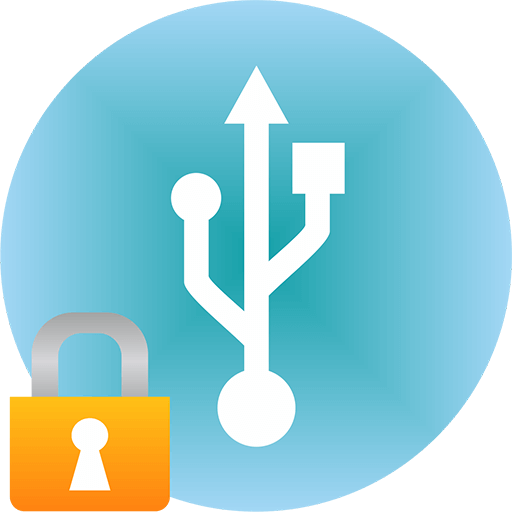By Kim KardaUpdated on October 27, 2025
Wondering how to develop a mobile app? In this article, you will learn the easy way to program and create your own applications.
Programming has become incredibly popular in the last decade, and taking various courses to learn the new profession of the future. Now where should you actually start if you want to learn how to program and create your own applications? In this article, let’s find out.
You must decide the direction of your work before you begin constructing an app or studying programming. For what systems do you want to create apps? Apple’s iOS or Google’s Android? Is a global application absolutely necessary for you? What will the application’s job be connected to, furthermore? You will need to develop various skill sets depending on your decision. But of course, we will present universal steps for each below.
Developing an idea and creating an app
Do some careful planning before you start the development. You must use some tools for managing projects to do planning while working. A detailed product development roadmap that details all of the features and how they should operate is necessary. Make an app prototype to test the functionality of your idea. Prototyping can assist in seeing possible issues before they become costly adjustments. User input should be addressed promptly and carefully. It may be a priceless resource for learning how to make your app better. At various phases of development, the app must be rigorously tested. To find and solve issues, if feasible, use automated testing. Utilize version control tools. When something goes wrong, it’s simple to log changes and roll back to earlier iterations.
What not to do?
Don’t skimp on design and user experience. Users appreciate apps that look good and are easy to use. Avoid overloading your app with features that most users don’t need. This can make your app complicated and incomprehensible. Only release your app after thoroughly testing it. Bugs and bugs can drive users away. Once the app is launched, don’t neglect to update and support it. Users expect the app to be continually improved and updated. Security should be a priority in app development. Insufficient security can lead to user data leaks and harm your app’s reputation.
Learn the fundamentals first and foremost
Learning programming languages—and not just any languages—depending on the application you want to create is the first thing to accomplish. This can be Kotlin or Java for Android, Swift or Objective-C for iOS, and other cross-platform development languages like JavaScript with React Native and Dart with Flutter. Consider the different languages and determine which is more transparent and convenient. Start learning your chosen language regularly and without getting bogged down. You can find information freely available, but it will be much easier to learn everything with a mentor. Luckily it’s easy to find a course by looking at market reviews and finding a good teacher. Again, study. Learn the developer tools at work – for Android, it’s Android Studio; for iOS, it’s Xcode. You can use Visual Studio Code or JetBrains IntelliJ IDEA and others for cross-platform development.
Get more in-depth into the subject
Once you have chosen a programming language and found a mentor with whom you can gain skills, you can move on to the next stage. Now you need to learn the basics of application development and thus go deeper into the subject. Idea creation and application development is a vast topic; without a team, you will need to understand the different topics independently. The knowledge you need will include understanding how the app works, management, the user side view, integration with servers, and not unimportant interface. At the end of the day, you will also need an understanding of fundamental design principles and user experience to create a user-friendly app that doesn’t overstay its usefulness as soon as it is released. You must also break down the app market by studying different platforms and understanding the marketing of creating something.
Practice
It will be time to start putting theory into practice after you are skilled at programming and building applications. Whatever it is, try making little projects; these may be as straightforward as a calculator, note-taking software, or weather prediction. The most important thing is to put your new knowledge into practice while progressively raising the level of difficulty of your projects. This will sharpen your skills for the future implementation of a big idea.
Marketing
Publishing and maintaining the app is the last stage of essential app development. You must choose how to submit the program to the Google Play Store or Apple program Store once it is complete. After the program is released, it must be kept up to date with maintenance, bug fixes, and updates. Although at first it could appear difficult, with practice and time you will become more skilled and knowledgeable. Be patient and persistent in your learning. Promote the app, and remember it; your creation will need your support and care even after release.
Conclusion
And so we’ve broken down the five steps to help you develop a mobile app; let’s summarize the information received.
1. Perform an initial analysis. Understand what you should and should not do. Understand the niche and future customers to fill their needs.
2. Do some basic research. Choose a programming language that suits you and learn it.
3. Delve deep into creating the application, and study all aspects.
4. Practice the skills acquired during your studies on small and simple projects.
5. After developing and publishing the application, remember to maintain it and update it promptly.
Sorry the comment has been closed.
What's Hot
- Best Apple Music Converters Review
- 10 Best Spotify Music Converters Review
- Best 5 Amazon Music Downloaders Review
- Top 5 Best Tidal Music Downloader Review
- Best M4V to MP4 Converter Review
- UkeySoft Apple Music Converter Review: Is It Worth It
- Top 5 DRM Removal Freeware Review
- Top 7 Best Tidal Music Converter Review
- Top 6 Streaming Audio Recorders Review
- 3 Best Audible DRM Removal Review
- 7 Best iPhone Unlock Tools to Unlock Apple ID
- 7 Best iPhone Unlock Tools Review
- Top 8 iOS System Recovery Software Review
- UkeySoft File Lock Review
- UkeySoft iOS Unlocker Review
- Photo Watermark Remover Review
Featured Stories
- Apple Music Supported Devices & Limitation
- What is Apple Music and How Does It Work?
- Apple Music VS. Spotify: Side by Side Comparison
- Spotify Free vs. Spotify Premium: Should I Upgrade to Premium?
- [Ultimate Guide] Tips and Tricks for Watching Instagram Stories Anonymously
- The Pros and Cons of Spotify
- How To Fix Spotify Can't Play This Right Now
- How to Make a Collaborative Spotify Playlist
- How to create a collaborative playlist on Spotify




















